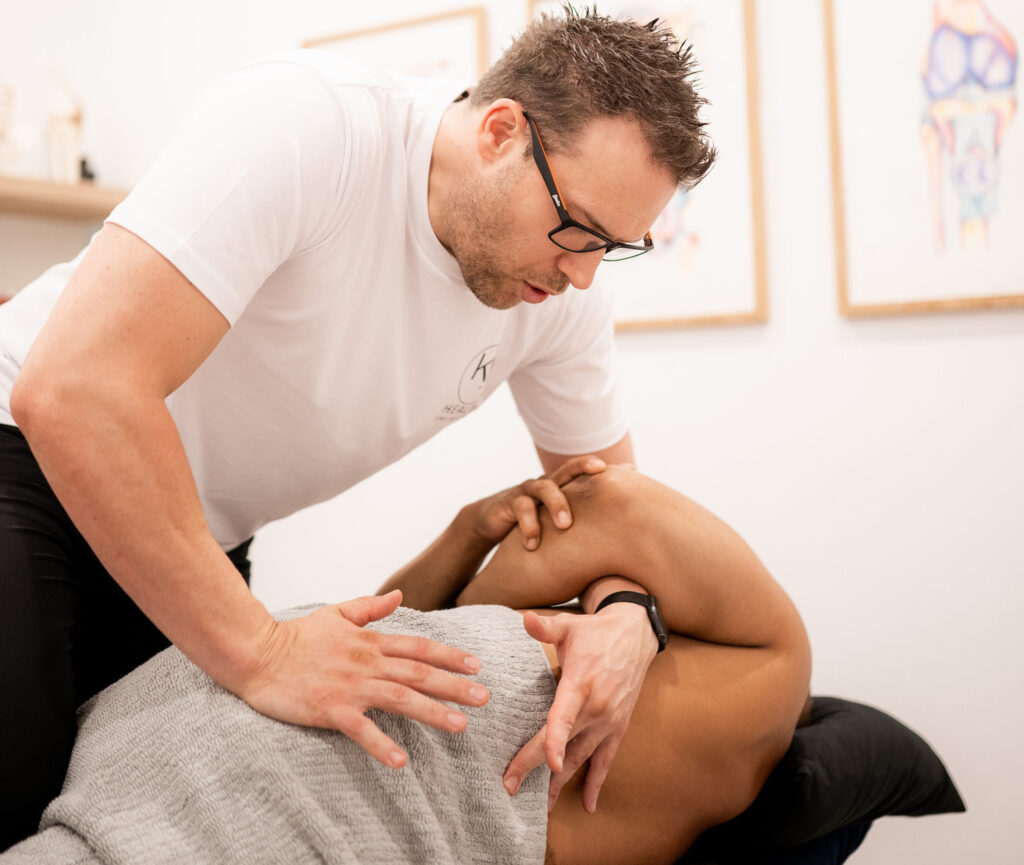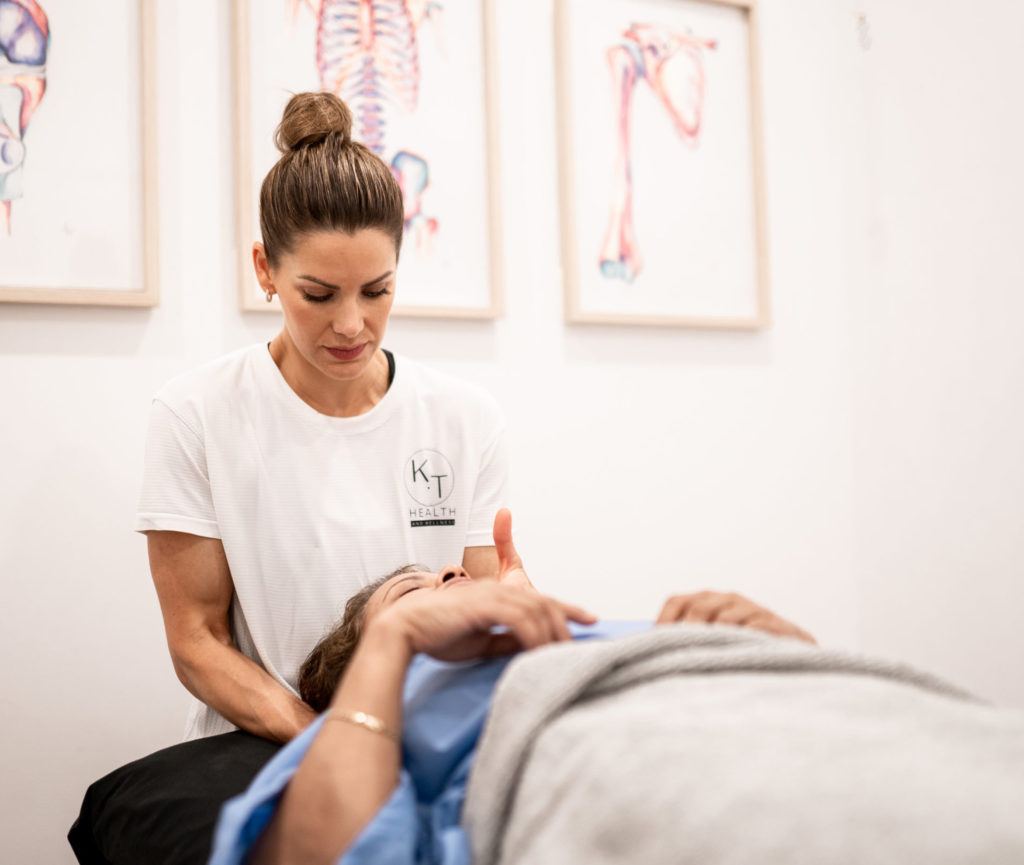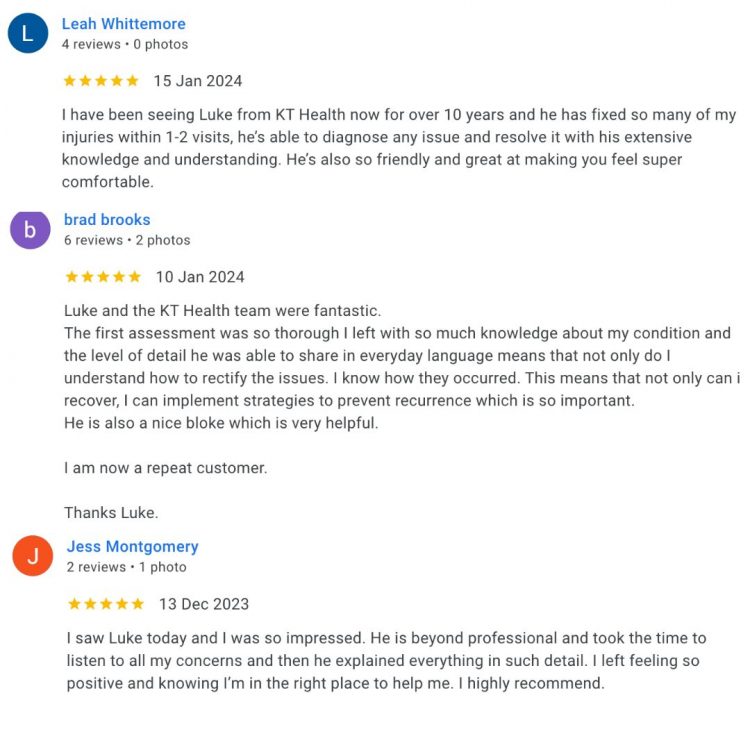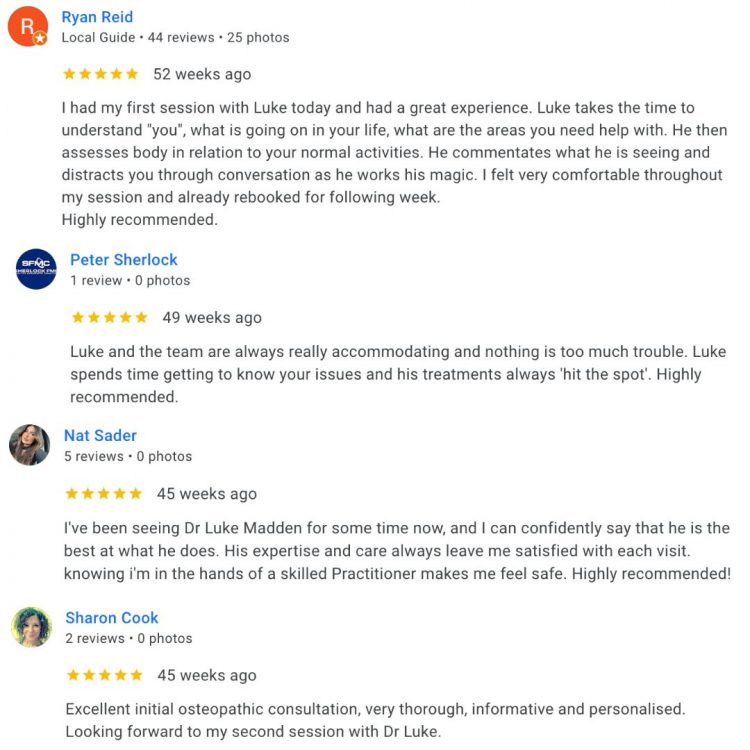Everything You Need to Know About a Labral Tear
What is a Labral Tear?
A labral tear is when the labrum, a ring of cartilage that lines the edge of the hip socket, gets torn. The labrum acts like a cushion and seal for the hip joint. When it’s damaged, it can cause hip pain, catching, locking, and reduced movement.
An analogy…
Think of the labrum like a rubber gasket around a jar lid. If the gasket tears or gets damaged, the seal is no longer perfect, and the lid (or in this case, the hip) doesn’t move as smoothly or securely.
What are other names that a labral tear can be called?
Hip Labral Tear, Labral Tear of the Hip
What causes a labral tear?
The labrum lines the acetabulum (the socket part of the hip joint) and helps to deepen and stabilise the joint. Tears happen when the hip is overloaded, twisted forcefully, or repetitively stressed. This can occur through sporting movements (like pivoting, twisting, or kicking), or due to hip abnormalities (like FAI, femoroacetabular impingement) where the hip bones rub abnormally and damage the labrum.
What are the signs and symptoms of a labral tear?
- Deep groin pain or pain around the hip joint
- Clicking, locking, catching, or giving way of the hip
- Pain that worsens with twisting, pivoting, or prolonged sitting
- Reduced hip flexibility
- Feeling of instability or stiffness in the hip
- Pain can also refer to the thigh, buttock, or even knee
What tests are used to diagnose a labral tear?
FADIR test (Flexion, Adduction, Internal Rotation): Moves the hip into a position that often catches the torn labrum and reproduces pain.
FABER test (Flexion, Abduction, External Rotation): Can also stress the labrum and reproduce pain.
How long does a labral tear take to heal?
Mild tears with conservative management (exercise and therapy) can feel much better in 6 to 12 weeks. Surgical recovery after arthroscopic labral repair usually takes 3 to 6 months. Return to full sport can take up to 9 months after surgery, depending on severity and rehab progress.
How does a labral tear happen?
- Repetitive twisting or pivoting movements
- Sudden trauma
- Hip abnormalities like FAI
- Hypermobile joints
- Previous hip injuries
- Poor hip strength or control, leading to joint instability
What treatment can help a labral tear?
- Manual therapy (joint mobilisation, massage, dry needling for surrounding tightness)
- Exercise rehabilitation
- Activity modification
- Hip stability retraining
What exercises or stretches can I do for a labral tear?
- Glute and core strengthening (bridges, clamshells)
- Hip mobility drills
- Balance and stability exercises
- Gentle range of motion exercises
What products can help with a labral tear?
Bridging
Lie on your back with your knees bent and your feet flat on the floor.
Tighten your buttock muscles and lift your hips up off the floor.
Make sure you keep your hips up and level throughout the movement.
Slowly lower your buttocks and hips back down, and repeat the exercise.

Single leg balance
Stand with your legs straight at shoulder width apart.
Now lean slightly to the side and at the same time bend your opposite knee.
You can make this more difficult by bending further but only within the limits of your mobility.

Squats
Squatting helps to strengthen the quadriceps muscle that is very important for many daily activities such as sitting down and standing up from a chair, walking, and climbing stairs.
Stand upright with a chair behind you, and your arms out in front of you for balance.
Bend your knees, pushing your hips back behind you and leaning your body forwards, as though you are about to sit on the chair.
Come as close as you can to the chair without actually sitting on it and make sure that you do not feel unbalanced.
Be careful to keep your legs away from the back of the chair, so they don’t press against it.
Stand back up, squeezing your buttock muscles to help with the movement.
Repeat the exercise, making sure you keep your back straight throughout.

Isometric wall sit
Additional instructions:
Feet wider than normal with toes pointed out. Drop into squat. Pressure through the inside heel, toes off ground. Head and shoulders back against the wall and imagine you are pushing the wall over. Hold for 2 mins.
Instructions:
Stand up straight with a wall positioned behind you.
Lean your back and buttocks against the wall, then walk your feet forward.
Slide down the wall until you reach a 90 degree angle at your hips and knees.
Ensure your back and buttocks remain in contact with the wall.
Hold this position.

Plank
Lie on your front with your toes on the floor.
Place your forearms on the floor and push up, lifting your torso and legs.
Hold a straight line from your shoulders to your feet for as long as you can, preventing the back from sagging.
Keep your buttocks squeezed and your hips level.
You will feel the core muscles working.

STOP GUESSING – START MOVING
See what other people have said about our osteopaths
Trustindex verifies that the original source of the review is Google. KT health has really helped my back and i have been able to get back into competitive sportTrustindex verifies that the original source of the review is Google. Absolutely amazing, I see Louie Nouh who always listens and caters to my needs. He is amazing at his job and always helps alleviate my pain. I highly recommend Louie.Trustindex verifies that the original source of the review is Google. Friendly, supportive staff. Such a lovely place to exercise! Highly recommend.Trustindex verifies that the original source of the review is Google. Amazing instructor, I am new to Pilates felt very comfortable & supported.Trustindex verifies that the original source of the review is Google. I have been suffering from shoulder and neck pain for months - I saw Dr Louie Nouh a couple of time. His treatment really relived the pain. I have full range of movement now. His knowledge on exercise is fantastic.Trustindex verifies that the original source of the review is Google. Absolutely love reformer at menai. Instructors are amazing. Love Michaela and love the small classes. Highly recommend!Trustindex verifies that the original source of the review is Google. The trainers are all amazing , they explain everthing step by step and help where needed . It is an amazing place to relax get to know other people have a laugh . I recommend for anyone .Trustindex verifies that the original source of the review is Google. Ever since I came here I’ve been looked after by Louie and my shoulder is already feeling much better. Highly Recommend these are good people.Trustindex verifies that the original source of the review is Google. SENSATIONAL Chiropractor in Menai! I attended my first appointment with Dr Louis Nouh at KT Health & Wellness who is an absolute genius even after one session with him. He explained everything he intended to address about my lower back condition, all in easy to understand, layman’s terms. He said he would call me the next day to follow and see how I was feeling after our session and guess what, he did! During our session, he made me feel relaxed and comfortable especially as it was my first chiropractic appointment EVER! For some reason, I am actually looking forward to my subsequent sessions with him next week. Don’t get me wrong, he did poke, prod and crack me as necessary but the results made it seem worth it.Trustindex verifies that the original source of the review is Google. I have been seeing Melinda now for a couple of months to help with bursitis in my hip. She is one of the best practitioners I’ve ever seen.. With the use of various tools and techniques she has helped me recover much quicker than I expected. Thanks Mel and see you tomorrow!
We don't offer magic fixes or cures, but a sustainable approach to back pain.
Our Osteopaths will offer you a road map to help you take control of your back pain and feel great again.
BOOK YOUR OSTEOPATH VISIT TODAY
Book a Time with Dr Luke Madden Below
Book a Time with Dr Melinda Madden Below
Already have an account?
Book as a guest
- Book an Appointment






